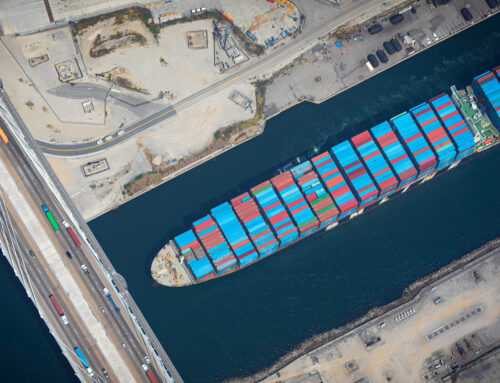
Hunter class missile frigate concept art (BAE Systems Australia)
SYDNEY — The Australia Department of Defence has decided to withhold large chunks of basic data for the country’s annual review of its major weapons programs, in a move government auditors say results in a “reduced level of transparency and accountability to Parliament.”
The Major Program Review (MPR) comes out of the Australian National Audit Office (ANAO), roughly akin to the US Government Accountability Office, workinig off data provided by the defense department. However, it is not legally required, but rather produced “in the public interest, for the benefit of users of the report inside and outside the Parliament,” as the parliamentary committee on audits is quoted in the report.
But this year the DoD “advised the ANAO of its decision that certain information relating to forecast dates, capability delivery information, variance information and risks and issues was not for publication (NFP), and would not be included in the relevant PDSSs [data sheets] for 20 of the 21 projects.”
The DoD told the auditors that “Australia’s strategic circumstances have markedly changed since the MPR was first implemented. Defense has assessed that some details, both in respect of individual projects and in aggregate, would or could reasonably be expected to cause damage to the security, defense or international relations of the Commonwealth without sanitization of the data.”
The move continues a recent trend of holding back information in these reports. In the 2021-2022 edition, only four projects had that information withheld. That jumped to 12 projects for the 2022-2023 edition, and now 20 projects in the 2023-2024 edition.
The auditors themselves say that “the 2023–24 report does not provide the same level of information compared to reporting prior to 2020–21 and provides a reduced level of transparency and accountability to Parliament and other stakeholders.
So, in plain English, arguably the most important information for judging the effectiveness of acquisition management for all but one of the major programs reviewed has not been made public.
“I simply see this as the latest step in defense’s endless quest to see it is not held accountable for its chronic poor performance,” Marcus Hellyer, a top Australian defense acquisition and budget expert, told Breaking Defense. “The whole thing is kind of useless now, because you can’t look at individual projects.”
Because of the information withheld for publication, only averages were offered for program costs and schedule performance. The report estimates 442 months in delays on the 21 programs audited, with an average schedule slip of more than two years.
The approved cost of Australia’s top defense projects has soared 74 percent by $41 billion from $22.8 billion. Because of the decisions to withhold specific program information, Hellyer said it is largely impossible to get useful information about individual programs.
Last year’s report found that delays rose substantially from 405 months in 2020-21 to 453 months in 2022-23 for the country’s 20 biggest projects under the government of Anthony Albanese. The Labor Party government has sharply criticized its predecessor’s poor management of defense acquisition and promised to do better.
Defense Minister Richard Marles “did say he was going to fix things, but how does anyone know what’s broken if you don’t have good data?” Hellyer asked.











